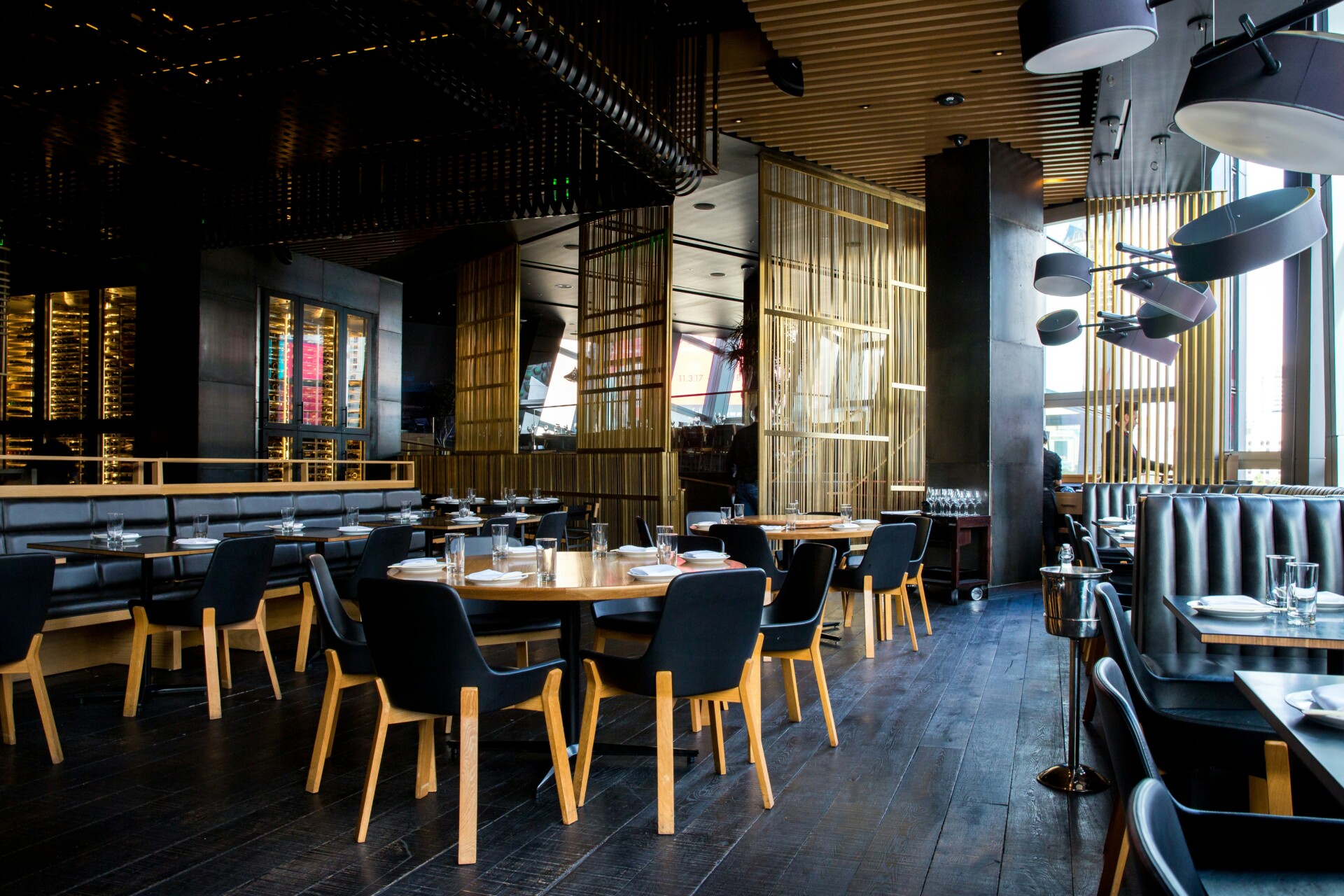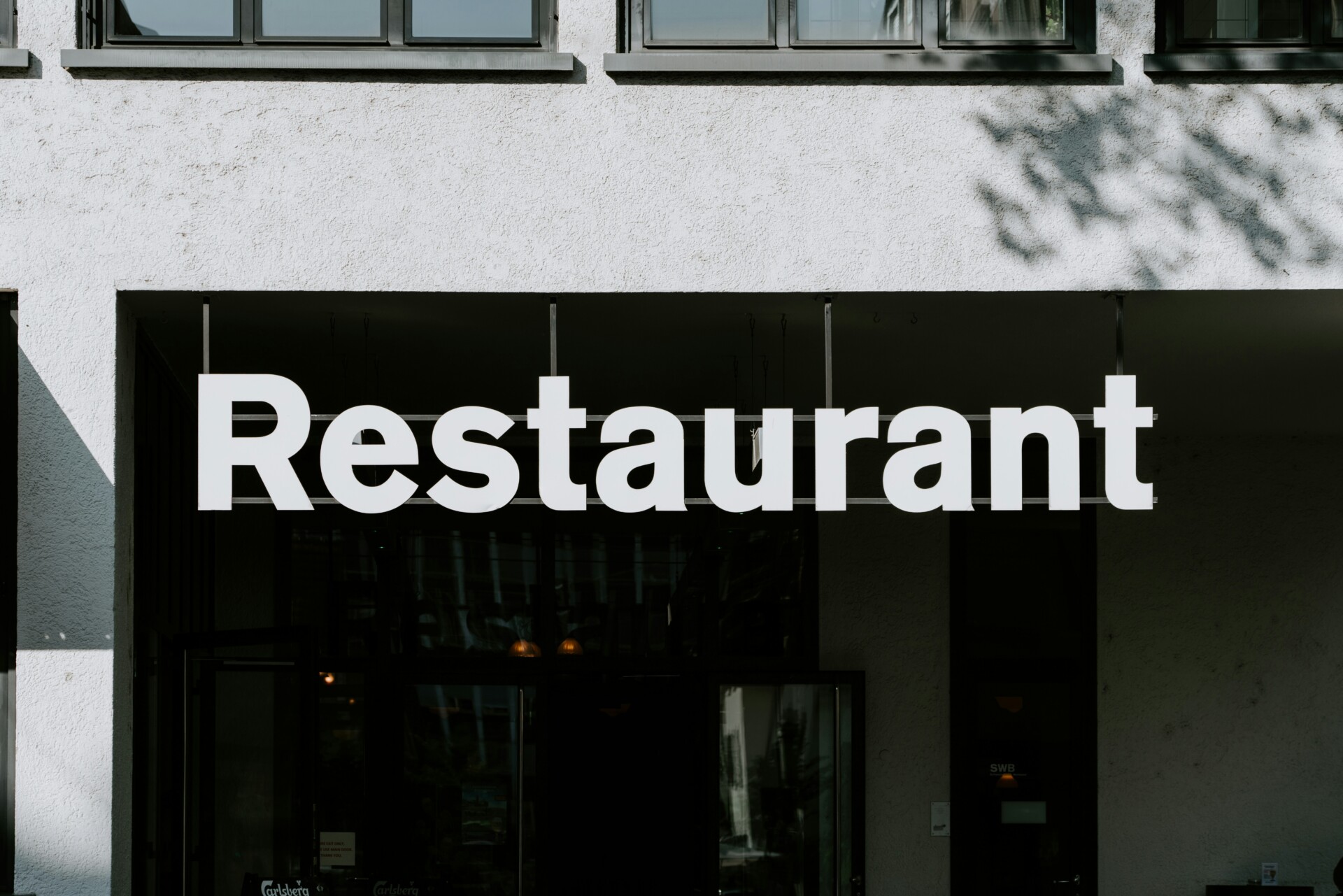The din of clanking plates and glasses, boisterous laughter, and the buzz of conversation are the familiar sounds of a busy restaurant or bar. But when does a lively ambiance become excessive noise? A significant 2018 study of over 3,000 New York City venues found that 31% of bars were deemed loud, while 60% reached dangerously loud levels. This isn’t just a nuisance; it’s a serious problem for both patrons and businesses.
Most customers rate noise as the second biggest issue when dining out, just behind poor service. Excessive noise directly affects their ability to converse and enjoy their experience. For restaurants and bars, this means lost revenue as customers cut visits short or choose quieter venues for future outings.
The effects extend beyond customer comfort. Poor acoustics can alter how food tastes, with studies showing that loud environments can dull flavors and make dishes seem less appealing. For staff, prolonged exposure to high noise levels risks hearing damage and increased stress.
Proper soundproofing is about more than comfort; it’s about creating an environment where both customers and employees can thrive. Investing in acoustic solutions can dramatically improve the dining experience, boost repeat business, and create a better workplace. In an industry with often tight margins, addressing noise issues can offer a significant competitive edge.
As we explore soundproofing solutions, remember that the goal isn’t to eliminate all sound. The right acoustic balance maintains the energetic atmosphere that draws people to restaurants and bars while allowing comfortable conversation and an enjoyable experience for all.
What’s the Difference Between Sound Absorption and Soundproofing?
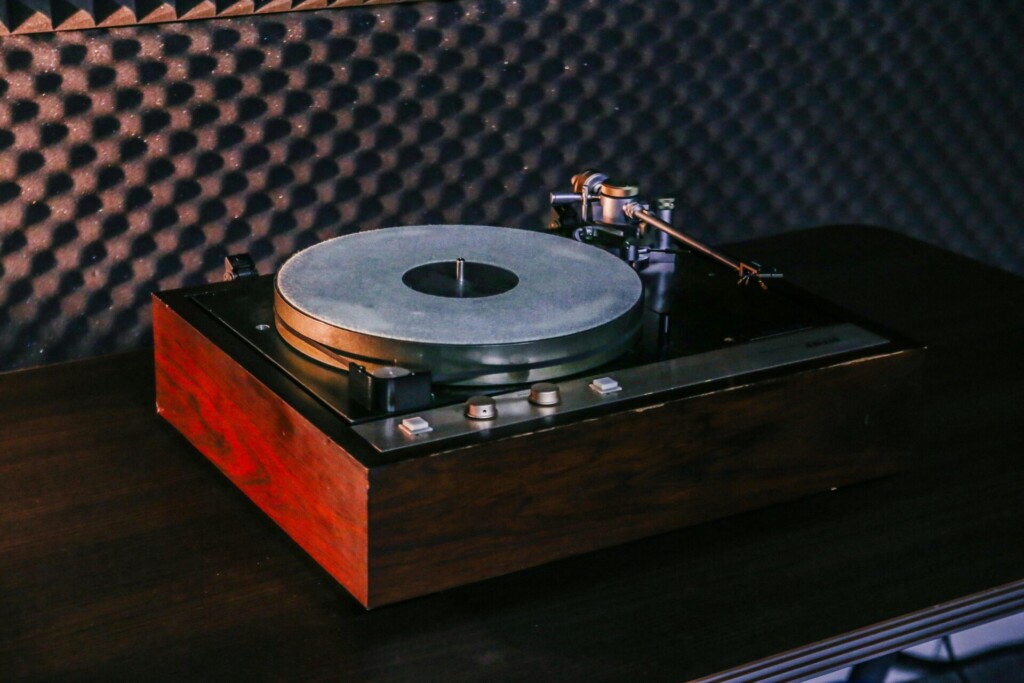
In the bustling environment of restaurants and bars, managing acoustic challenges is crucial for creating a pleasant dining experience. Sound absorption and soundproofing are two distinct approaches that address different aspects of noise control, each playing a vital role in shaping the auditory landscape of an eatery.
Sound absorption focuses on reducing internal noise. It involves using materials designed to soak up sound waves, preventing them from bouncing off hard surfaces like walls, ceilings, and floors. This approach is particularly effective in reducing the overall noise level in busy dining areas. By absorbing excess noise, these materials help clarify individual conversations, making it easier for diners to hear each other and for staff to take orders accurately. The result is a more comfortable acoustic environment where the background buzz is muted, but the vibrant atmosphere is maintained.
Soundproofing, on the other hand, involves creating auditory barriers between different areas of a restaurant. Dense materials are used to block sound, effectively containing noise within specific zones. This technique is invaluable for keeping noisy areas separate from quieter ones. For example, soundproofing can prevent the clamor of a lively bar from seeping into a more intimate dining section. Similarly, it can muffle the sounds of kitchen operations, ensuring that the clatter of pots and pans doesn’t intrude on the dining experience.
In practice, using both sound absorption and soundproofing strategically can transform a restaurant’s acoustic profile. Absorptive panels on walls and ceilings can soften the general ambiance, while soundproofing elements between the kitchen and dining area can create a more serene eating environment. This dual approach allows for spaces where conversation flows easily, and the overall noise level remains pleasant, enhancing both customer satisfaction and operational efficiency.
By understanding and implementing these acoustic strategies, we help restaurant owners create spaces that not only look great but sound great too. The right balance of sound absorption and soundproofing can turn a noisy dining room into an inviting haven where guests can enjoy their meals and conversations in comfort.
What Are the Most Effective Soundproofing Materials for Restaurants and Bars?

At EB3 Construction, we have collaborated with numerous restaurant and bar owners to create more pleasant acoustic environments. Several effective soundproofing solutions have proven successful in these settings. Below are some of the top options we recommend and install:
Acoustic Panels
Acoustic panels are versatile and among the most popular soundproofing choices. We offer several types:
- Wall-mounted fabric-wrapped panels that absorb sound while blending with decor
- Ceiling-mounted panels to reduce overhead reverberation
- Custom printed art panels that double as stylish wall decor
These panels work by absorbing sound waves, reducing echo, and improving speech clarity. Noticeable improvements in ambiance have been observed after installing acoustic panels in dining areas.
Hanging Baffles and Ceiling Clouds
For restaurants and bars with high ceilings, hanging baffles and ceiling clouds are excellent options. These absorb sound from multiple angles and can be suspended at various heights. Baffles hang vertically while clouds are horizontal, enabling us to tailor the acoustic treatment to your specific space.
Sound Isolation Systems
To separate noisy areas like kitchens or bar areas from quieter dining spaces, we often install complete sound isolation systems. Products like IsoTraX use a combination of decoupling rails and vibration-dampening materials to significantly reduce sound transmission through walls.
Soundproofing Barriers
Heavy-duty soundproofing barriers like Quiet Barrier HD are excellent for blocking sound between spaces. We typically install these within walls or ceilings to create a sound barrier between noisy and quiet areas.
Additional Effective Solutions
- Acoustic partitions to separate service areas or create quieter dining zones
- Soundproof doors to contain kitchen noise
- Acoustic flooring underlayment to reduce footstep and furniture noise
The key is using a combination of these materials strategically throughout the space. We assess each unique restaurant or bar to determine the optimal mix of soundproofing solutions. By addressing walls, ceilings, floors, and transitional areas, we can create a noticeably improved acoustic environment that enhances the dining experience.
| Material | Description | Use Case |
|---|---|---|
| Acoustic Panels | Wall-mounted or ceiling panels designed to absorb sound waves. | Reduce echo and improve speech clarity in dining areas. |
| Hanging Baffles | Vertical panels suspended from the ceiling to absorb sound from multiple angles. | Suitable for restaurants with high ceilings. |
| Ceiling Clouds | Horizontal panels suspended from the ceiling to capture overhead noise. | Effective in large open spaces. |
| Sound Isolation Systems | Systems using decoupling rails and vibration-dampening materials to reduce sound transmission. | Separate noisy areas like kitchens from dining spaces. |
| Soundproofing Barriers | Heavy-duty materials used to block sound between spaces. | Installed within walls or ceilings to create sound barriers. |
Our clients have reported significant benefits after implementing these soundproofing measures, including increased customer satisfaction, longer dining times, and even improved staff communication. If you are looking to improve the acoustics in your restaurant or bar, contact us to discuss how we can tailor a soundproofing solution to your specific needs and budget.
How Do You Identify and Address Problem Areas in Your Restaurant or Bar?
Identifying and addressing noise issues in your restaurant or bar requires a systematic approach. We recommend starting with a thorough assessment of your space to pinpoint problem areas and implement targeted solutions.
Measure Actual Noise Levels
The first step is to gather concrete data on your noise levels. Use a decibel meter or smartphone apps like SoundPrint to take readings throughout your establishment. Be sure to measure at different times of day and in various locations, such as:
- Near the bar
- In the main dining area
- By the kitchen entrance
- Near equipment like ice machines
- In corners and alcoves
Aim for average noise levels between 70-80 decibels during peak hours. Consistent levels above 80 dB can impede conversation and potentially impact hearing health over time.
Identify Reflective Surfaces
Next, survey your space for hard, reflective surfaces that amplify and bounce sound waves. Common culprits in modern restaurant design include:
- Tile or concrete floors
- Large windows
- Metal fixtures and furniture
- Open ceilings with exposed ductwork
- Bare wood or metal tables
Although these sleek design elements may appear attractive, they can create an acoustic challenge. Sound waves ricochet off these surfaces, amplifying noise levels and making it difficult for patrons to converse comfortably.
Evaluate Equipment Noise
Pay close attention to noise generated by kitchen and bar equipment. Items like dishwashers, blenders, ice machines, and soda fountains can produce significant background noise. This ambient noise forces patrons to speak louder, creating a cycle of increasing volume.
Consider relocating noisy equipment away from dining areas or investing in quieter models. Simple solutions like adding rubber mats under equipment can also help dampen vibrations and reduce noise.
Address High-Traffic Areas
Identify zones in your restaurant that see the most foot traffic and activity. These areas, often near the bar or kitchen, tend to be the noisiest. Strategic placement of sound-absorbing materials in these zones can have a significant impact. Consider:
- Installing acoustic panels on walls and ceilings
- Using sound-absorbing dividers between sections
- Placing area rugs in high-traffic zones
By systematically assessing your space and addressing key problem areas, you can greatly improve the acoustic environment in your restaurant or bar. Remember, the goal isn’t complete silence, but rather a pleasant ambiance where conversation flows easily and patrons feel comfortable.
| Location | Noise Level (dB) | Implications |
|---|---|---|
| Normal conversation | 60 | Comfortable for regular conversations |
| Busy cafeteria | 70–80 | Conversation requires loud speech |
| Average restaurant | 80 | Could lead to difficulty in holding conversations |
| Loud restaurant | 85+ | Presents risk of hearing loss with prolonged exposure |
How Can You Soundproof Your Restaurant or Bar on a Budget?
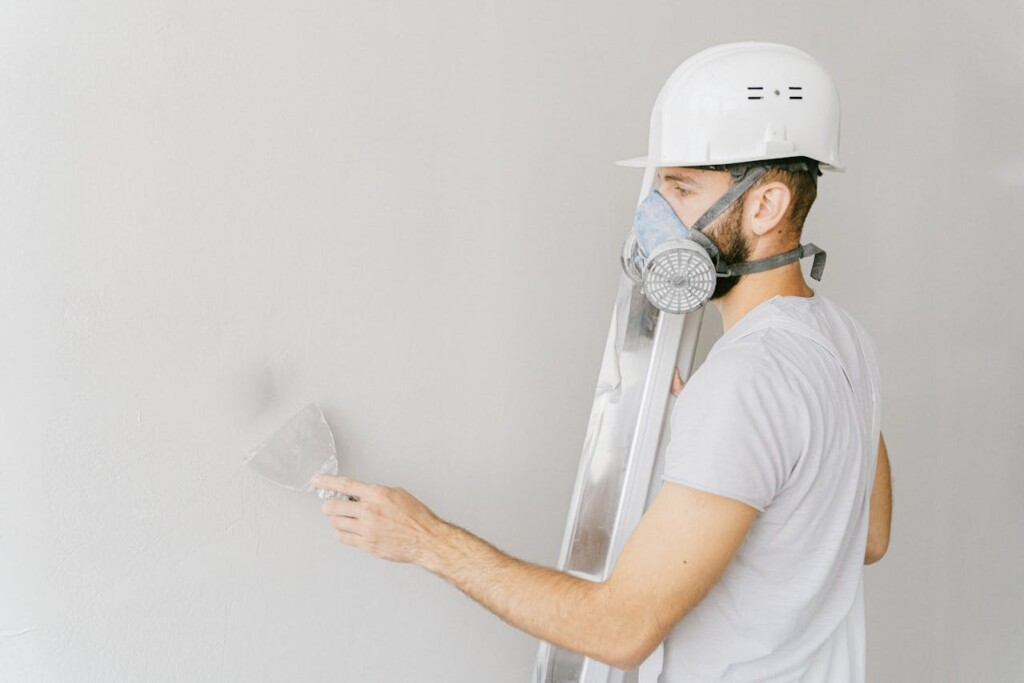
Effective soundproofing doesn’t have to drain your finances. With strategic planning and affordable solutions, you can significantly improve acoustics while keeping costs under control. Here are some budget-friendly approaches we recommend
Focus on Ceiling Treatments
Ceiling treatments often provide the most acoustical value for your investment. By installing hanging baffles or acoustic panels on the ceiling, you can capture sound waves before they bounce around the room. This prevents the chaotic echo effect that makes spaces feel noisy. Even a modest investment in ceiling acoustics can noticeably dampen sound levels.
Add Fabric Panels to Walls
Fabric-wrapped acoustic panels on walls are another cost-effective option. You can choose panels in colors and patterns that complement your decor, allowing them to blend in seamlessly while still absorbing sound. Focusing on high-traffic areas like the dining room and bar yields maximum acoustic improvement.
Leverage Soft Furnishings
The strategic use of soft furnishings is an easy way to absorb sound on a budget. Adding curtains, tablecloths, and area rugs introduces sound-dampening materials without major renovations. Even small touches like floor protector pads on chair and table legs can reduce noise.
Arrange Furniture Strategically
How you arrange furniture impacts sound travel. Creating defined zones with booths or high-backed chairs helps contain conversations. Positioning tables away from hard surfaces reduces sound reflection. These layout adjustments cost nothing but can noticeably improve acoustics.
Prioritize High-Impact Areas
To maximize your investment, focus soundproofing efforts on high-traffic zones first. The dining room, bar area, and waiting area typically see the most activity and noise. Concentrating acoustic treatments here gives the biggest improvement for your money.
With some creative problem-solving, you can dramatically enhance your restaurant or bar’s acoustics without breaking the bank. Even modest changes can make a real difference in noise levels and ambiance. The key is taking a strategic approach focused on affordable solutions with maximum impact.
| Soundproofing Material | Estimated Cost |
|---|---|
| Mass-Loaded Vinyl (MLV) | $2–$5 per square foot |
| Soundproof Blankets | Cost-effective as a temporary noise control solution |
| Acoustic Foam Panels | $1–$3 per square foot |
| Weatherstripping Tape | Under $10 |
| Carpet and Rugs | Cost varies based on material and size |
| Moving Blankets | Under $20 for two blankets |
| Egg Crate Foam | Low-cost, DIY-friendly solution |
| Soundproof Curtains | Under $100 per set |
Conclusion: Creating a Better Acoustic Experience for Your Customers
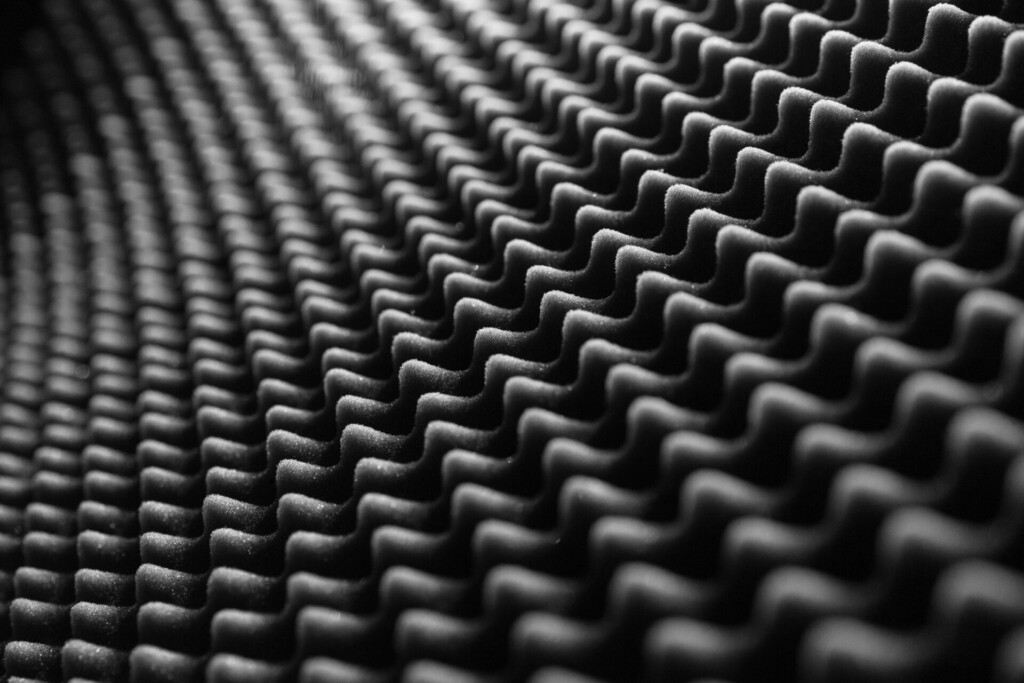
Soundproofing your restaurant or bar is an investment in customer satisfaction and business success. By understanding the difference between sound absorption and soundproofing, identifying problem areas, and implementing appropriate acoustic solutions, you can create a more pleasant environment where customers can converse comfortably and enjoy their experience. Whether you start small with budget-friendly options or invest in comprehensive soundproofing systems, any improvement in acoustics can lead to longer customer stays, increased spending, and better reviews.
Remember that the goal isn’t complete silence but rather to create a balanced acoustic environment that enhances the dining experience and sets your establishment apart from the competition. Even small changes can make a noticeable difference in noise levels and overall ambiance. As you improve your restaurant’s acoustics, you’ll likely see positive impacts such as:
- Increased customer satisfaction and positive reviews
- Longer average dining times and higher check totals
- Improved staff communication and fewer order errors
- A more pleasant work environment for employees
- Competitive advantage over noisier establishments
We encourage you to start addressing acoustic issues in your restaurant, even if it’s just with simple, cost-effective solutions to begin with. As you see the positive impacts, you can expand your efforts over time. Your customers and staff will thank you, and your business is likely to reap the rewards through increased patronage and success.
If you’d like expert guidance on improving your restaurant’s acoustics, don’t hesitate to contact EB3 Construction. Our team can assess your space and recommend tailored solutions to create the ideal acoustic environment for your establishment.


